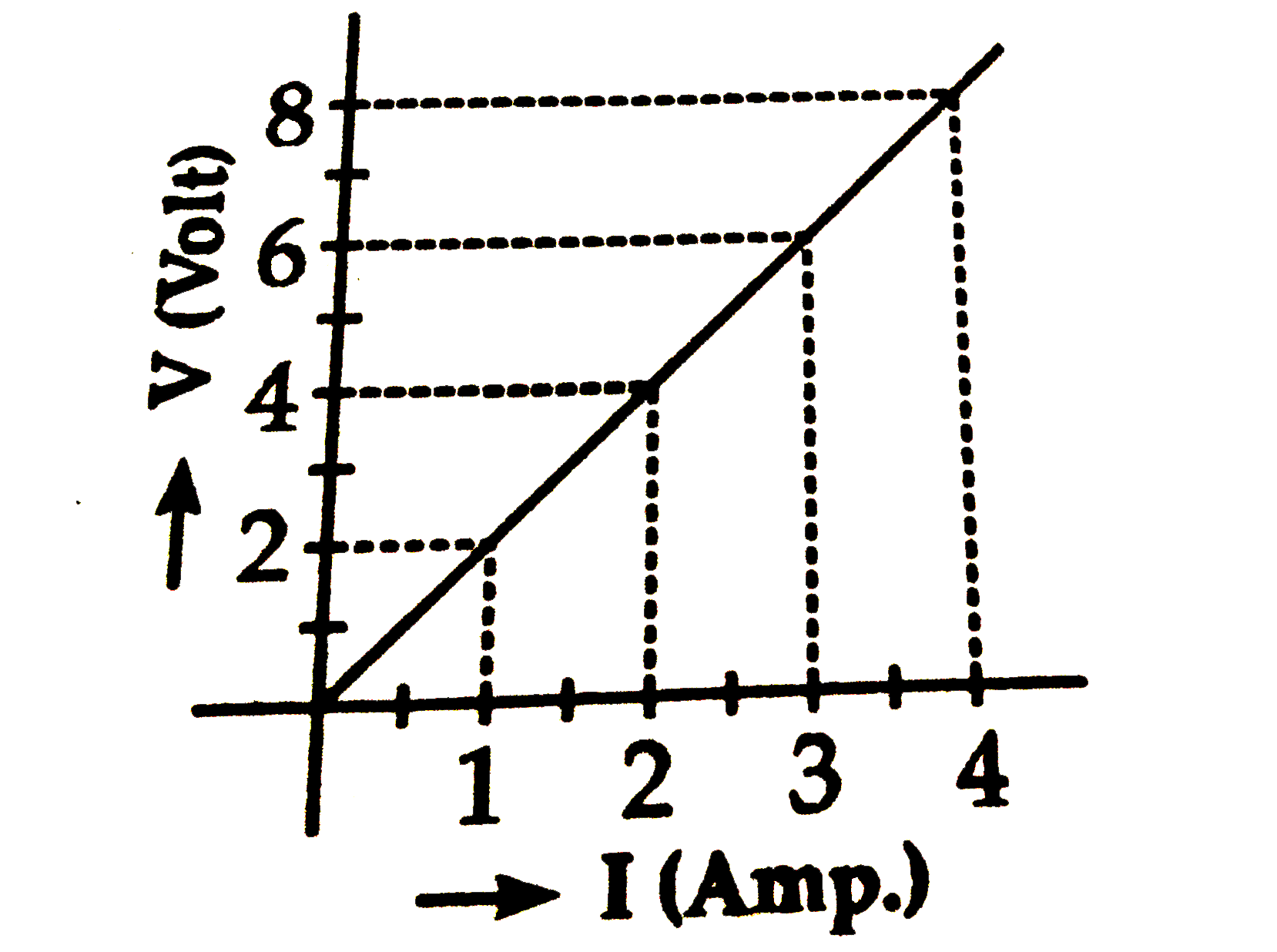The V-I graph for a good conductor makes angle with V-axis. Here, V denotes voltage and I denotes current. The resistance of the conductor will be
The correct Answer is:D
To solve the problem, we need to find the resistance of the conductor given the angle of the V-I graph. Let's break it down step by step:
Step 1: Understand the V-I Graph
The V-I graph represents the relationship between voltage (V) and current (I) for a conductor. The slope of the line in this graph is related to the resistance of the conductor.
Step 2: Identify the Angle
The problem states that the angle between the V-axis and the line representing the conductor is 40∘.
Step 3: Relate the Angle to the Slope
The slope (m) of the V-I graph can be expressed in terms of the angle θ as:
m=tan(θ)
In this case, θ=40∘, so:
m=tan(40∘)
Step 4: Use Ohm's Law
According to Ohm's Law, the resistance R can be defined as:
R=VI
From the slope of the V-I graph, we can also express it as:
m=VI
Thus, we can equate the two expressions:
R=1m
Step 5: Substitute the Slope
Substituting the slope we found earlier:
R=1tan(40∘)
Step 6: Simplify Using Cotangent
Using the identity that cot(θ)=1tan(θ):
R=cot(40∘)
Final Result
Thus, the resistance of the conductor is:
R=cot(40∘)
The V-I graph represents the relationship between voltage (V) and current (I) for a conductor. The slope of the line in this graph is related to the resistance of the conductor.
The problem states that the angle between the V-axis and the line representing the conductor is 40∘.
The slope (m) of the V-I graph can be expressed in terms of the angle θ as:
m=tan(θ)
In this case, θ=40∘, so:
m=tan(40∘)
According to Ohm's Law, the resistance R can be defined as:
R=VI
From the slope of the V-I graph, we can also express it as:
m=VI
Thus, we can equate the two expressions:
R=1m
Substituting the slope we found earlier:
R=1tan(40∘)
Using the identity that cot(θ)=1tan(θ):
R=cot(40∘)
Thus, the resistance of the conductor is:
R=cot(40∘)
Topper's Solved these Questions
- CURRENT ELECTRICITYBook:MHTCET PREVIOUS YEAR PAPERS AND PRACTICE PAPERSChapter:CURRENT ELECTRICITYExercise:MHT CET CORNER
Explore 32 Videos
- CURRENT ELECTRICITYBook:MHTCET PREVIOUS YEAR PAPERS AND PRACTICE PAPERSChapter:CURRENT ELECTRICITYExercise:EXERCISE 1
Explore 75 Videos
- COMMUNICATION SYSTEMBook:MHTCET PREVIOUS YEAR PAPERS AND PRACTICE PAPERSChapter:COMMUNICATION SYSTEMExercise:MHC CET Corner
Explore 6 Videos
- ELASTICITY Book:MHTCET PREVIOUS YEAR PAPERS AND PRACTICE PAPERSChapter:ELASTICITY Exercise:MHT CET CORNER
Explore 16 Videos
Similar Questions
Knowledge Check
The V-I graph for a good conductor makes angle 42∘ with V-axis. Here V denotes voltage and I denotes current. Then the resistance of the conductor will be
Asin42∘Bcos42∘Ctan42∘Dcot42∘Variation of current and voltage in a conductor has been shown in the diagram below. The resistance of the conductor is.
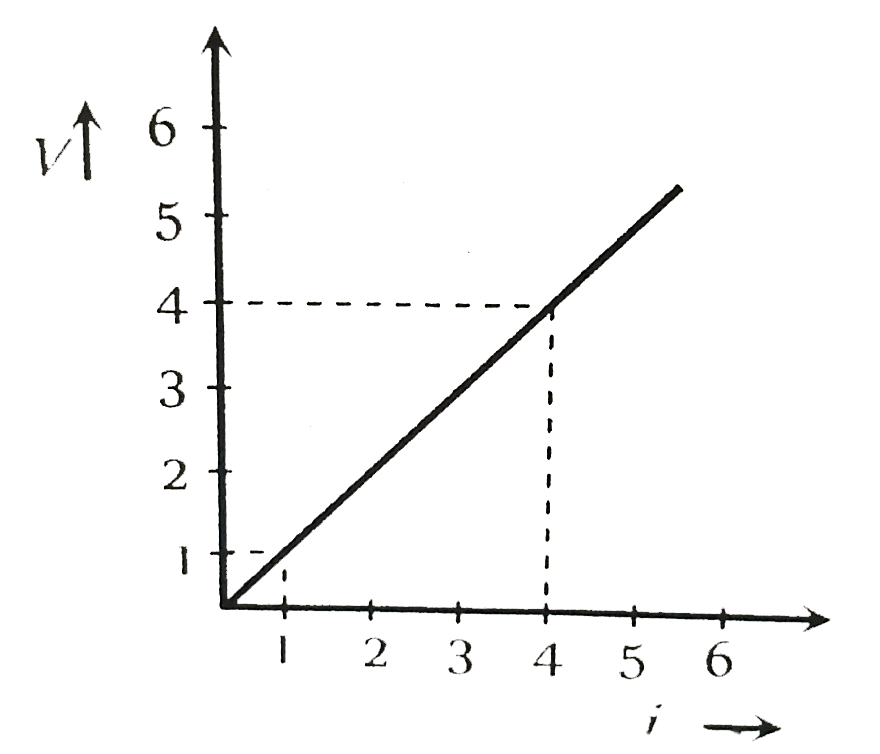 A4 ohmB2 ohmC3 ohmD1 ohm
A4 ohmB2 ohmC3 ohmD1 ohmAssertion : Current versus potential difference (i-V) graph for a conductor at two different temperatures T1 and T2 is shown in figure. Hence T1>T2.
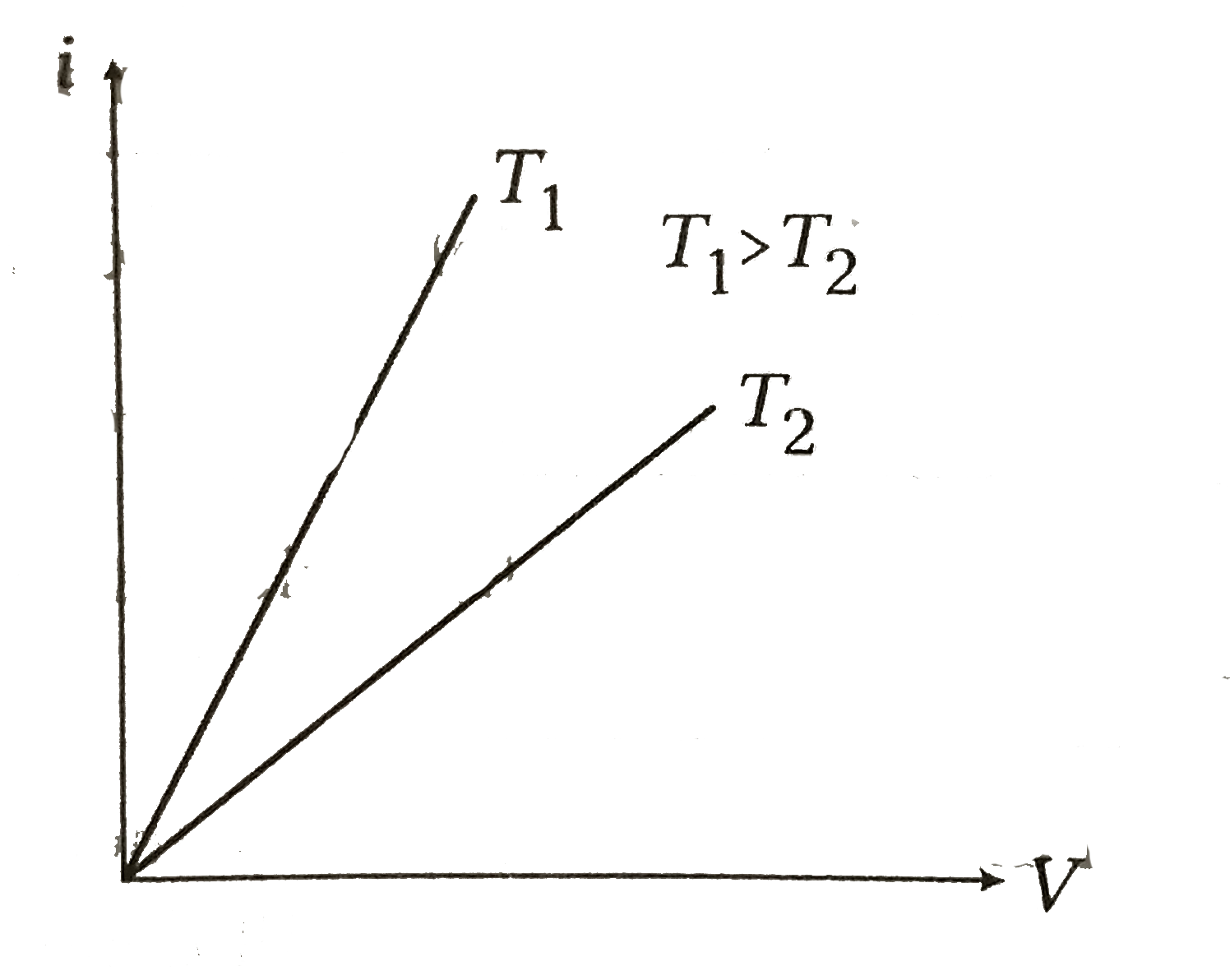
Reason : Resistance of a conductor increases with rise in temperature.AIf both Assertion and Reason are true and Reason is the correct explanation of Assertion.BIf both Assertion and Reason are true and Reason is not correct explanation of Assertion.CIf Assertion is true but Reason is false.DIf Assertion is false but Reason is true.
Find the current I & voltage V in the circuit shown.
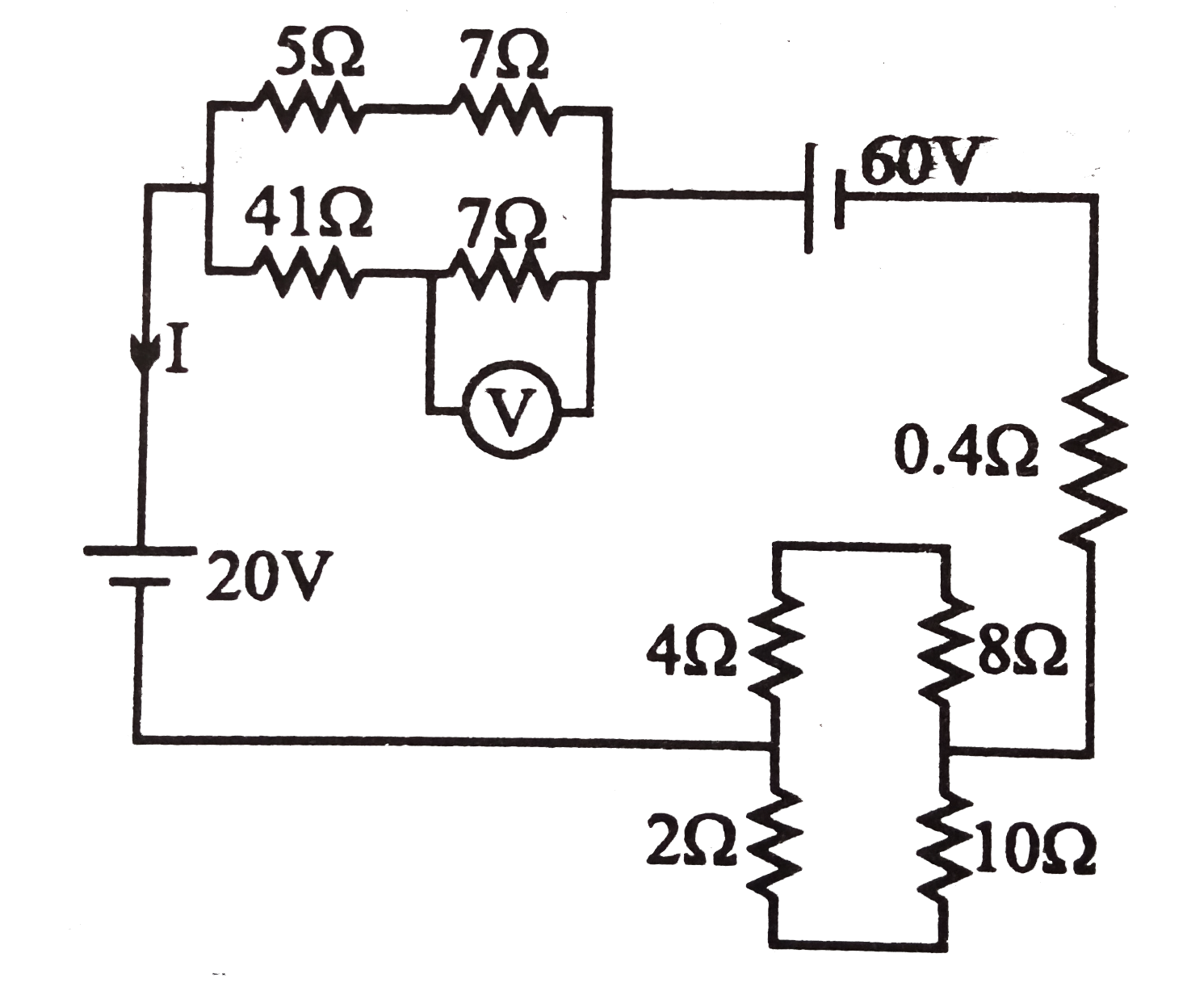
View SolutionFind the current I & voltage V in the circuit shown.
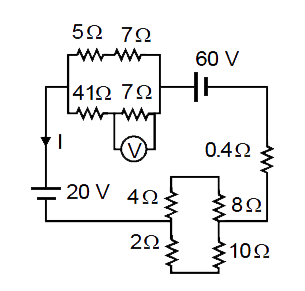
View SolutionIf the potential difference across the ends of a conductor is i volt and the current flowing through the conductor is 1 ampere,the resistance of the conductor?
View SolutionThe slope of voltage (V) versus current (I) is called
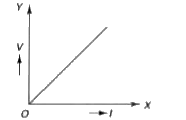
View SolutionThe V-I graph is given for two conductors of same area and length. If σ1andσ2 are the cnductivities of the conductors 1 and 2 respectively, σ1σ2=
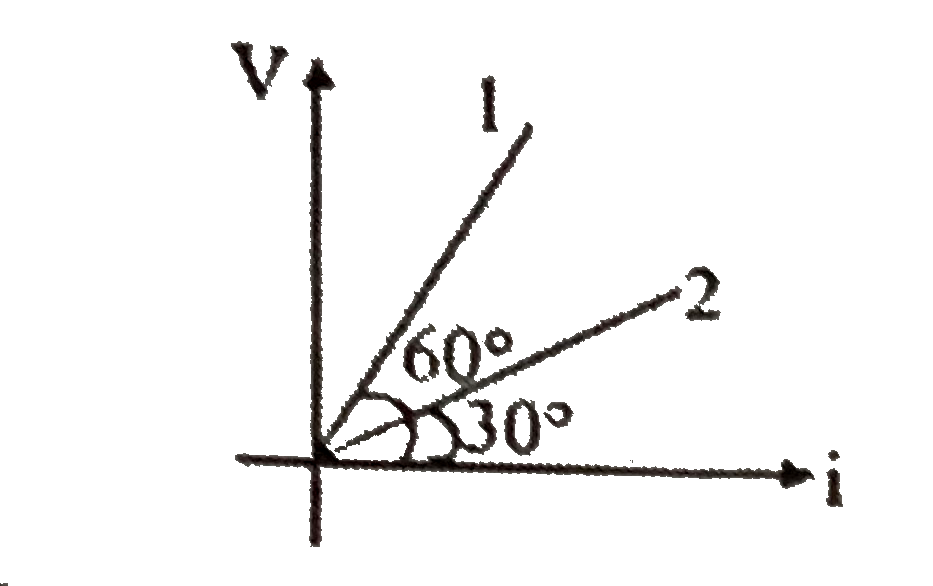
View Solution
